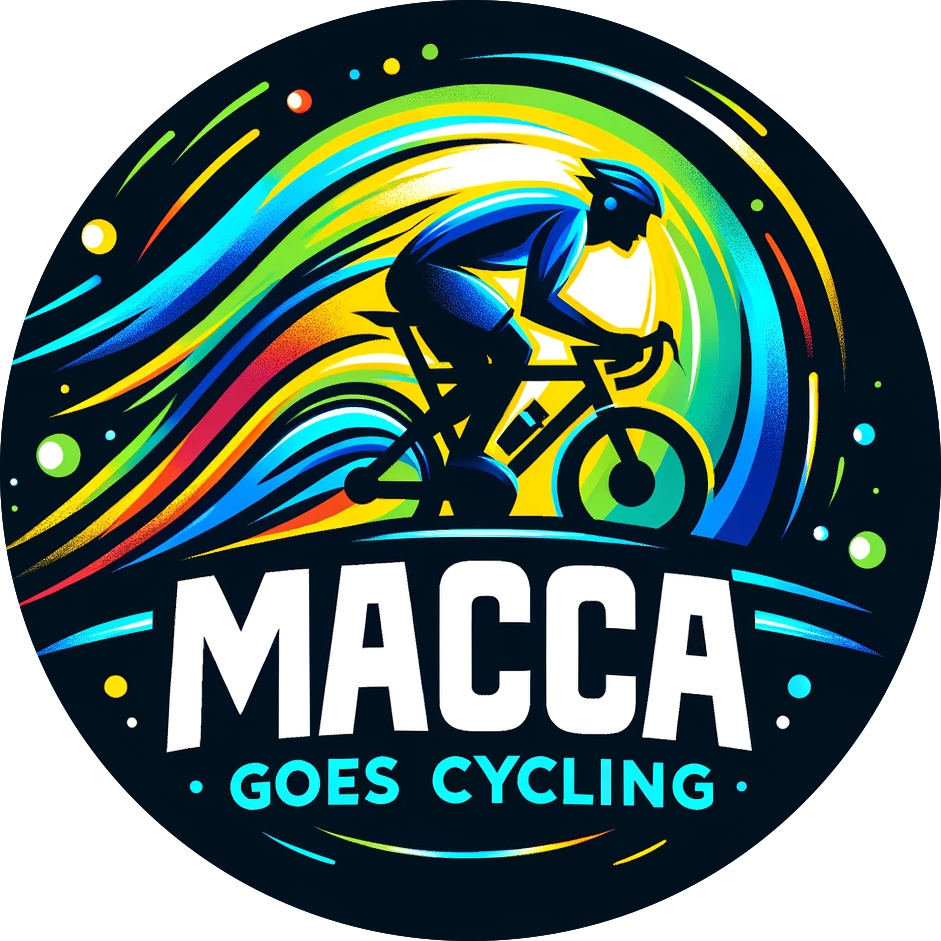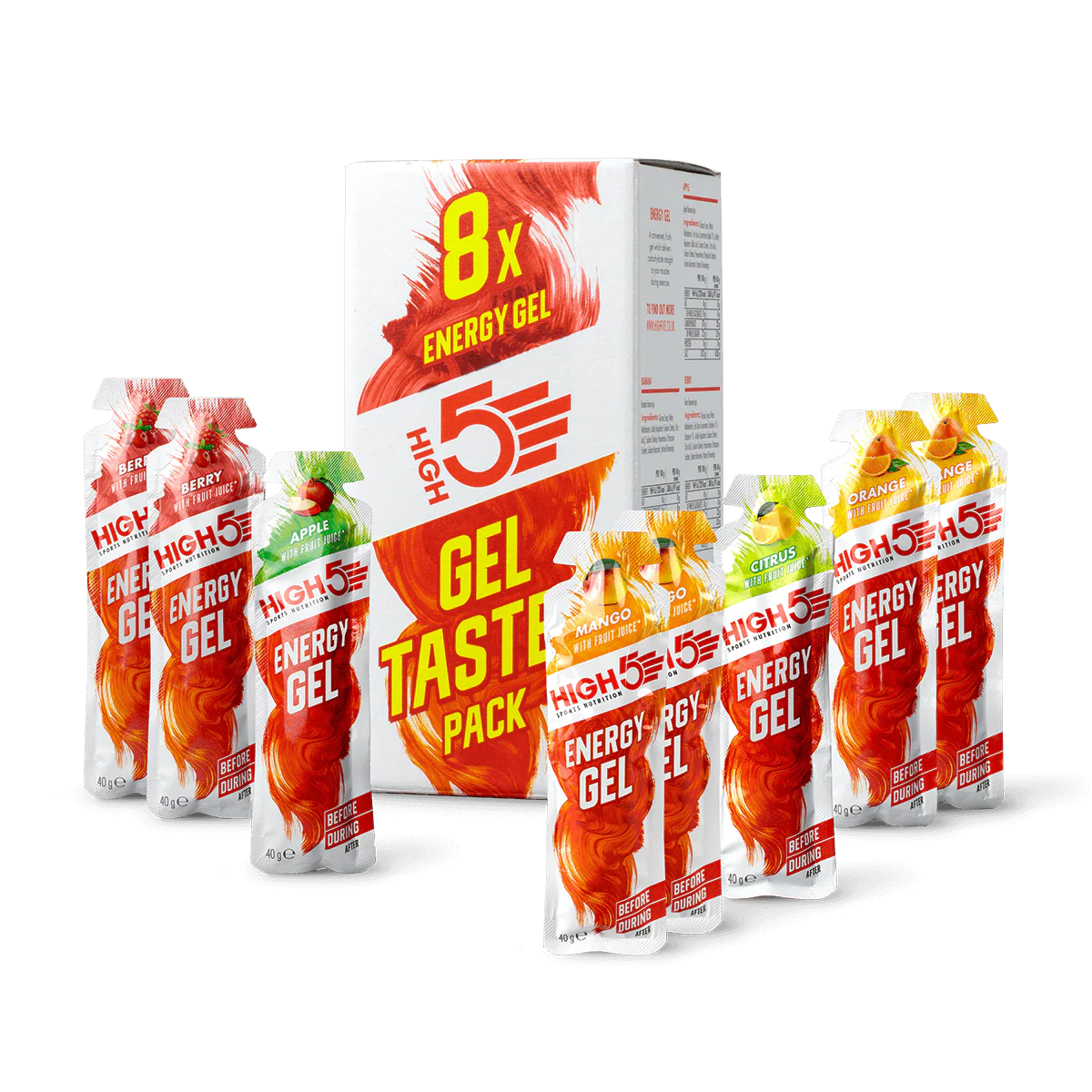High 5’s All round
I have worked in sports all of my life, from the pitch to the boardroom. Therefore, I understand something about sports nutrition, enough to be dangerous, and my partner also has a sports science background.
If you read my very first blog, you will understand that I am a little gun-shy about food. Over the years, however, I have managed to get to a ‘Happy Place’. I still want to lose weight, but my partner disagrees; it’s a constant conversation. I have, however, found a routine that works for me.
Don’t try this at home, kids.
My typical day would look like this. No breakfast other than copious amounts of green tea. I have never been a breakfast person. No lunch, but I will have a potential handful of grapes and a banana around 2.00 p.m.-3.00 p.m. Sometimes, I have a protein shake made with almond milk, almond butter, fruit, seeds, and other good stuff. Dinner.
Debbie calls me rain man. We will have the same things on Monday – Friday most weeks. Lots of things have an asian influence due to Debbie living in Hong Kong for 25 years and she has some great recipes. Monday – noodles, broccoli, chicken, Tuesday – Baked potatoes and tinned salmon (Debbie works late in L0ndon and this is just easy to do) Wednesday – Asian salmon, Crispy Kale, Basmati rice. You get he picture. The weekend is a bit more open to change.
I have a very uneasy relationship with food. To me, it is fuel. I hate talking about it, I hate thinking about it, and I am paranoid about getting fat and unhealthy again. I do eat, for the most part, very healthily (80/20). Don’t get me wrong; when the occasion arises, or we go for dinner with friends, I eat what they give me. I love cheese on special occasions. Sadly, love rht past year or two my body has started rejecting foods I used to be able to eat, so its a delicate balance.
We saw a sign in a shop once that said, “Marriage is just asking the same person what they want for dinner every day, only for them to ask you what you want until one of you dies”. That sums it up perfectly.
I don’t get hungry, so I am not sitting there in the morning, pining for food. I try to fast for about 16 hours if I can. It just works for me. And I am very healthy, notwithstanding the stent and the knee replacement.
And Then Cycling Came Along.
Oh, my!!!
I researched the Tour as I would, looked at every stage. and I now have a plan. At least for training. Coming soon in my blog.
My plan involves a nutritional element. It just has to.
Now, I am not starting from a normal position. I am not a cyclist, rode a road bike for the first time in early January. Have had health and knee issues.
 Given my previous knee issues, I had a knee replacement three years ago. My right leg had virtually no muscle and no quadriceps prior to that and lots of other issues relating to arthritis and being stick in one place and not being able to bend or straighten. So, you could say I am starting from a poor position.
Given my previous knee issues, I had a knee replacement three years ago. My right leg had virtually no muscle and no quadriceps prior to that and lots of other issues relating to arthritis and being stick in one place and not being able to bend or straighten. So, you could say I am starting from a poor position.
My To Do List
I have to:
- Develop my right leg to be as strong as my left, and never mind sports, especially cycling.
- Turn these into cycling legs.
- Convert my body into a cycling body.
- Lose weight. You do not want to be carrying any extra up those mountains.
 You can see from my photo and my workload. I have come a long way, but this really is the tip of the iceberg.
You can see from my photo and my workload. I have come a long way, but this really is the tip of the iceberg.
On top of this is the ‘fueling’ for training.
Pre-training, During training, Post-training (recovery). This is huge.
In cycling there is the dreaded ‘BONK’, which, as funny as it may sound, bonking is very serious and is what cyclists and other endurance sportspeople call hypoglycemia. It means you haven’t taken in enough carbohydrates and have exhausted your body’s glycogen stores, leaving you with abnormally low blood glucose levels. Your body can only store enough glucose (in the form of glycogen) to last you for about 90 minutes of moderate exercise. Anything longer than this will require more glucose for your body to function correctly.
So, I have had Debbie constantly in my ear about my ‘glycogen stores’.
The more I researched, the more anxious I became.
This is a lot of food and drink to train at a standard, recover and keep your glycogen stores full.
Training and Nutrition
Things have moved on from the days in the Tour De France when they used to raid, yes, raid bars for one and beer as they thought this would help. I love this photo.
The day’s first order was to look at what was needed—a lot of stuff, that is for sure.
During Tour 21, it is expected that we will burn somewhere between 5,000-6,000 calories per day, maybe more some days more as we will be in the saddle potentially 8-10 hours, maybe longer. So, we must not only make sure we can get through each stage, but also replenish this each day and be ready for the next. ther are no short cuts.
From High 5 – “If you empty your carbohydrate reserves in one day’s riding, it’s almost impossible to fully re-fuel by the next day and you will start with a part-empty tank. You must make a major effort to focus on fuelling your carbohydrate reserves during and after each day’s riding. This is critical to consistent performance in multi day events”.
Examples of what is needed
Drinks
- Pre ride
- During the ride – Some carb based and some electrolytes, which you body needs.
Food/ Carbs during the ride which can be digestable – roughly 60g per hour. This can be anything you can tolerate. This number varies depending who you ask, but this is about the average, maybe higher for the Tour.
Post ride
- Carbs
- Protein
I have really simplified this.
High 5 To The Rescue
You can see from the list of requirements for training that there is a lot of food and drink required. Not to mention the costs associated with this.
It was really giving me a headache.
Never one to be shy, I reached out to Kieran at the Tour’s nutritional sponsor, High 5, and asked if they would sponsor me for my six months of training. Imagine my surprise when Kieran, said yes.
Happy days.
On his request, I gave them a list of what I wanted to try and what I was looking for.
Now, I have said that I would not promote anything I disliked, and is no exception. As grateful as I am, I could not do it. I really do like it all.
How lucky am I that he sent me loads of stuff, and I mean loads.
I won’t list it all, but it takes care of every facet of my training from pre-ride to post-ride.

To show I am a genuine fan, I asked for more when some ran out. And yes, Kieran looked after me once again.
My routine now for a bike ride at this time is:
Pre-ride (and post ride) – Almond butter on toast (46g carbs) or Porridge with banana and honey (80g).
Ride routine –
- I have a carb drink (47g) in one bottle and an electrolyte in the other. I also have spare electrolyte tablets in case I need to refill them.
- Food: I actually have a few Tesco Fig biscuits (12g of carbs each), followed by an H5 energy bar – berry is my favourite (55g) and energy gummies (26g) if I need them (who knew?). The bars are brilliant. And I always take a banana.
- Gels – I am still learning and feeling my way with the gels. But honestly, they are really good, and I have two different ones I go to, one is the Aqua (23g) and the regular. Did get some with caffeine, but I don’t drink coffee and so wanted to leave them for now, but may try at a later date.
- I may stop halfway through and have a cup of tea and a cake, which will also help me with my carbs.
It is so important to refuel during the first hour, so I opt for the plant-based protein (Chocolate) drink, which I usually have after I have had some carbs. Depending on what I had before, I will have the other, if I have almond butter on toast, I will have porridge, and vice versa. Clearly, a creature of habit, you could say.
Whilst still developing my nutrition, I feel its a great start. I will be working on how to do this for 8 hours in warm weather soon as well.
In a future blog, I will discuss my recent training camp in Mallorca, which tested me in all areas of nutrition.







